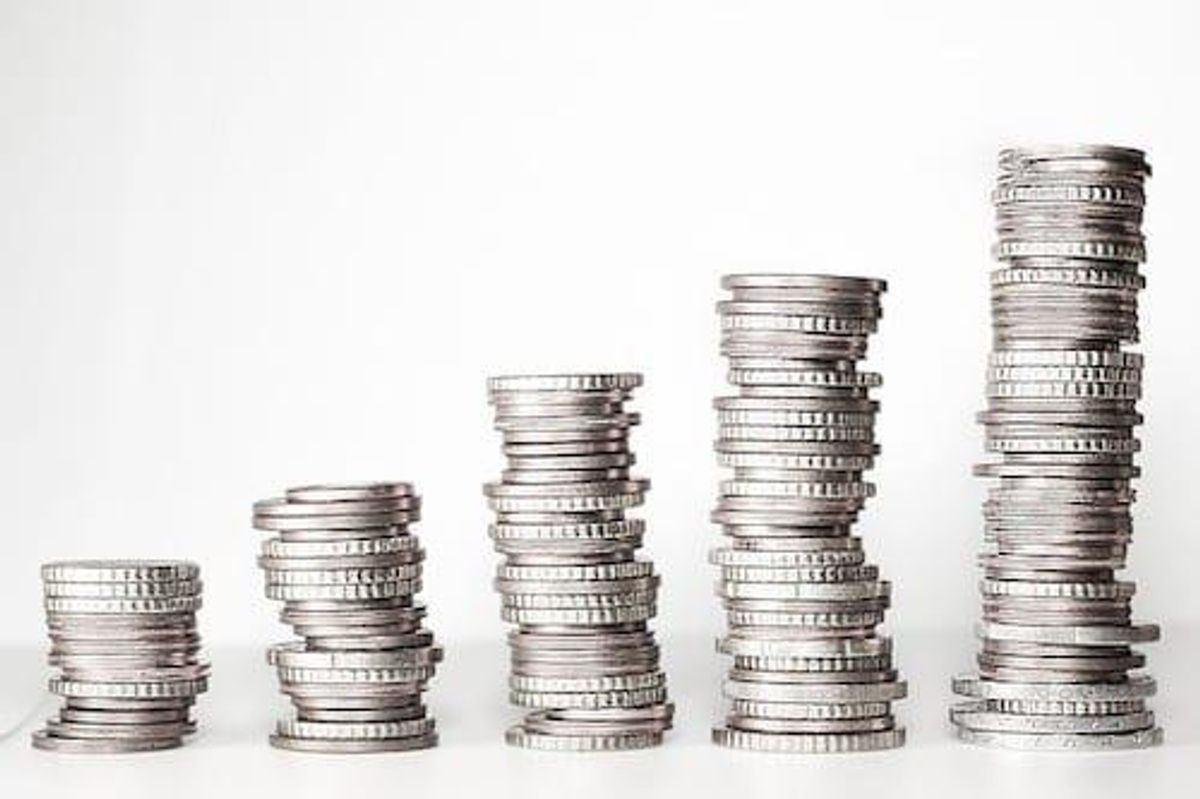GFMS Expects Platinum to Exceed US$1,000 in Second Half of 2018

The Thomson Reuters GFMS Platinum Group Metals Survey 2018 was released this week, with a focus on 2017 outcomes for platinum and palladium, as well as price predictions for both precious metals.
The price of platinum could reach US$1,000 per ounce in the second half of 2018, says Thomson Reuters GFMS in its Platinum Group Metals Survey 2018, released on Thursday (June 7).
“We expect the platinum price will start a recovery this year, albeit a gradual one,” said Rhona O’Connell, head of GFMS at Thomson Reuters.
“This is predicated on a small deficit this year, of nearly 0.3- million ounces, fueled by a contraction in supply, chiefly from the South African mining sector, coupled with rising demand,” she added.
Platinum
In terms of 2017 platinum mine output, O’Connell noted that the decline was due in part to a reduction in capital expenditures in recent years. That led to a pipeline stripped of new projects, and closures from some marginal operations.
On the demand side, the precious metal was slightly weaker as stronger industrial demand was offset by falls in jewelry and retail investment, leaving the overall market in a deficit for the fourth year in a row at 50,000 ounces.
Thanks to lower production in South Africa, Zimbabwe and Canada, platinum mine production decreased by 1 percent in 2017, landing at 5.92 million ounces.
Also affecting production were disruptions from maintenance work, safety stoppages and mine suspensions, which took place in South Africa.
The majority of platinum jewelry sales in the US were attributed to bridal jewelry, such as engagement and wedding rings.
On a positive note, the report reveals that there was an uptick in production via autocatalyst applications, which climbed 7.1 percent last year, creating 3.48 million ounces.
“While still the largest consuming region, Europe reduced its share of platinum demand, which reflected lower average platinum loadings, with platinum demand falling 2 percent to 1.4-million ounces. China was again the stand out, rising 16 percent in 2017,” the survey says.
2017 saw a retreat in jewelry demand, which declined 5 percent to an estimated 2.2 million ounces, the fourth consecutive annual decline. The biggest falls were seen in China and Europe, which sank by 8 percent and 6 percent, respectively.
Palladium
Beyond platinum, Thomson Reuters GFMS reported that palladium’s physical deficit edged lower to 1.2 million ounces in 2017, below the impressive 2016 level of 1.33 million ounces.
“Mine production of palladium rose by 3 percent to total 6.74-million ounces last year as output rose in Russia, South Africa and the US, but was capped by the losses in Canada,” the report notes.
It also states, “[a]n increase in palladium content in mined ore managed to reduce the balance despite bottleneck issues in the South African platinum belt.”
In terms of assets, the largest increase was at Norilsk Nickel’s (MCX:GMKN) Russian operation, led by the processing of concentrate bought from Rostec and work-in-progress material in transit from the Polar to Kola division.
Looking forward, Thomson Reuters GFMS notes that the palladium price is set to exceed platinum on an annual average basis this year, which will be a historical first.
“We also expect renewed bouts of tightness in supply to generate higher lease rates. Our longstanding bullishness for this metal remains underscored by the growth in demand from the automotive sector, which is set to continue … as substitution is not under way at present,” O’Connell said.
“That said, total supply will barely change owing to increased autocatalyst scrap and higher output from North American mines. As a result, we expect palladium to average over US$1,000 an ounce for the first time ever this year,” she added.
As of 2:22 p.m. EST on Thursday, platinum sat at US$897.50 and palladium was at US$1,004 per ounce.
Don’t forget to follow us @INN_Resource for real-time news updates!
Securities Disclosure: I, Nicole Rashotte, hold no direct investment interest in any company mentioned in this article.